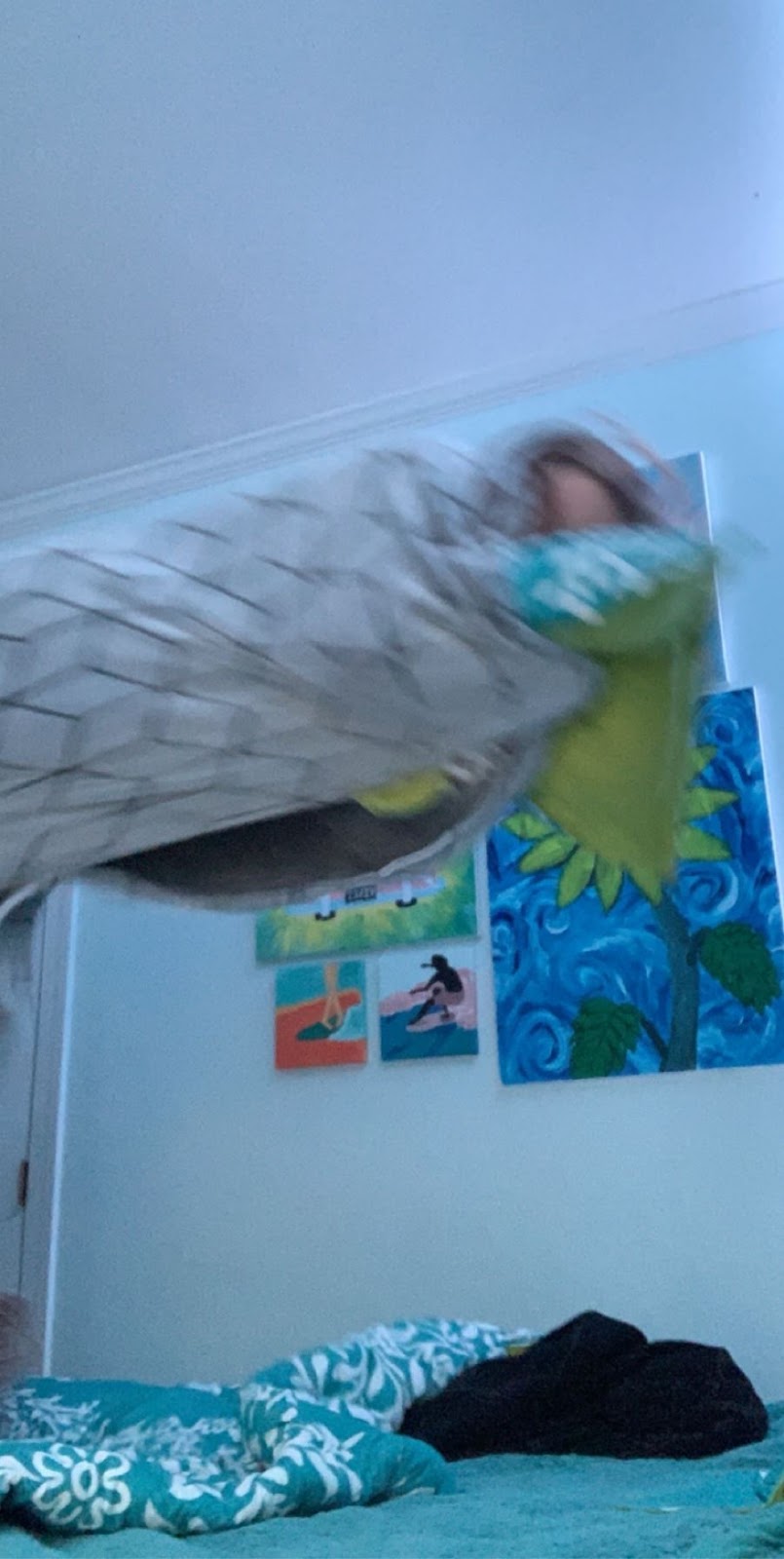Napping has a plethora of benefits, yet most teenagers don’t take advantage of them. Instead, they sulk around like zombies– sleep deprived and grumpy. (Photo courtesy of Amanda Ray)
I briefly argued the point of naps in a “He said, she said” article, but there’s more left to be said. I skimmed over the benefits of taking naps but never explained the true problem of sleep deprivation, as well as the different types of naps. Napping is near and dear to my heart, and most people would be better off if they accepted this habit into their life.
Teens aren’t getting enough sleep. Everyone knows that. With school, extracurriculars, and work, teens have lots of responsibilities, and are stuck feeling like there’s just not enough time in the day. They’re frequently forced to stay up late, causing them to go into sleep debt.
Sleep debt occurs when someone consistently gets less sleep than they need. In fact, when they constantly get too little sleep, they may even forget what it feels like to be fully rested. Consequences of sleep debt can vary– from irritability and fatigue, to memory loss or even heart disease. Sleep deprivation is also potentially life threatening. In the United States, an estimated 20 percent of car crashes are a result of drowsy driving. With school starting so early, many students drive drowsily to school almost every day, but this could be avoided if they got more sleep.
Even though it seems like an unrealistic expectation, teens need about eight to ten hours of sleep every night to function properly. Realistically, most teens don’t have eight straight hours at night to spend sleeping. They’ve got other responsibilities, and with high school starting at 7:25 am, they can’t get to bed early enough to get the necessary amount of sleep. This is where naps come in.
Last year while I was at the Olympic Training Center, the athletes had a meeting with a sleep psychologist. Frequently working with young athletes, the psychologist understood the lack of time available to students and that getting eight hours of sleep a night is not necessarily realistic. She did say, however, aiming to get eight hours of sleep a day is almost as good as sleeping that long at night. Essentially, her advice was to sleep as much as possible at night, then try to take naps during the day to supplement the rest of the eight hours. Odds are students aren’t busy every waking minute of the day, so this goal is significantly more obtainable.
Luckily, most teens do have twenty-five minutes to spare throughout the day — perfect for taking a power nap. The point of a power nap isn’t to fall fast asleep. In fact, depending on how easily you sleep, you might not fall asleep at all, which is perfectly okay. In a power nap you won’t go through a full sleep cycle. You’ll likely stay in stage one and stage two of sleep, never reaching REM sleep. Waking up before REM sleep allows for a brief, relaxing nap, but decreases the likelihood of grogginess. Power naps are a perfect way to recharge, allowing your brain and body to relax. Giving yourself twenty-five minutes to lay down and let your mind wander is extremely refreshing, almost like meditating. Benefits of power napping include increased productivity, memory, and alertness. In the long term, after consistently getting enough sleep, health benefits are more significant, including lower blood pressure and preventing cell damage.
Sometimes power naps just don’t cut it. If you’re really behind on sleep and do have extra time, a longer nap would be a better option. However, if you’re going to nap for more than twenty-five minutes, it’s important you extend your nap to 90 minutes to avoid grogginess. In 90 minutes you will complete a full sleep cycle, entering deep sleep and getting significantly more rest. Taking longer naps are extremely helpful for catching up on sleep and decreasing sleep debt, and also help improve creativity. Be careful when taking longer naps–with great power comes great responsibility–and extended naps may cause sleep inertia, making it harder to fall asleep at night.
Regardless of the type of nap, it’s almost certain to have a positive effect. While technically it’s possible to get “too much sleep,” this is very unlikely for most students. So this weekend, while you’re busy wasting time, take care of yourself and try to catch up on your sleep.

Leave a Reply